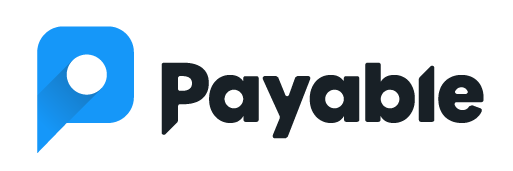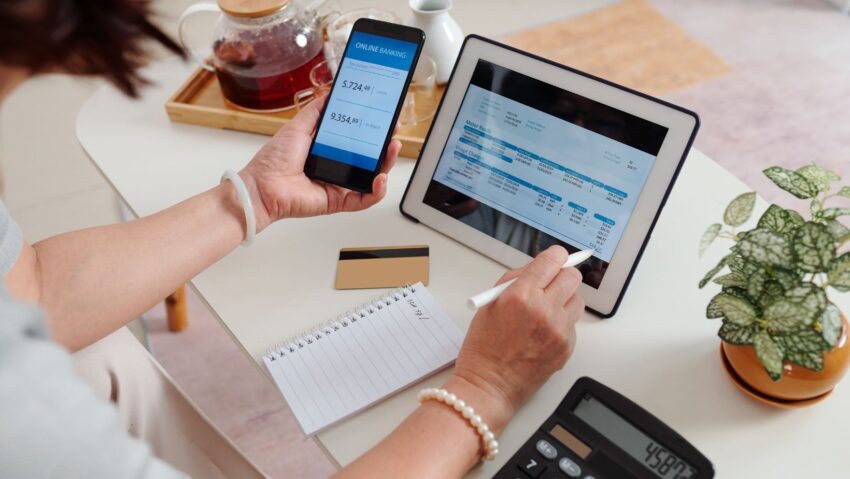Did you know that in December of 2023, researchers found that the average American spends $219 on subscription services? That’s for things like Netflix, Amazon Prime, online memberships and masterminds, and ongoing online courses. And for budding entrepreneurs, that number is likely even higher as you factor in things like web hosting, registration software, a newsletter subscription service… It adds up fast. (And what’s scarier is that researchers have also found that when asked, the average American believes that their subscriptions add up to under $90 per month!)
If you’re running a side hustle, fundraising for a cause you care about, or you’re trying to build a business from the ground up, you may have realized that you’re spending more in subscription fees for your website and your registration/checkout page than you’re actually making in profit. If you’re still building your business and you only need a way to collect information and run clients through an online checkout, there are a lot of website services, client relationship management (CRM) portals and other subscription-based softwares that are simply overkill for what you’re doing right now.
So, how can you slow the subscription creep? Looking for pay-per-use models (where the provider only makes money if you do) as well as free options for things like sending out your newsletter are good ways to drop your monthly spend. Here are a few examples:
- Instead of paying for a newsletter service and a blog, try creating a Substack. It’s free, people are able to easily subscribe, and your newsletters/posts are hosted online in a simple blog-style format for non-subscribers to still read. Medium is another great free tool for bloggers.
- Instead of paying a registration site to host your event, or using a subscription based webshop, try using a Google Form and the Payable Add-On to collect information and get paid. Payable only makes money if you do—and it’s lower cost than the popular event registration sites, and takes a much lower percentage-based fee than sites like Etsy or Gumroad. Payable even has a free template library to help you get started. Look for the Payable Add On in the Google Marketplace and activate it in your Form. This lets you connect your Form to Paypal, Square, Stripe or other payment providers. All that’s left is customizing the Form with whatever questions and information you need to collect.
- If you own your own domain already, you can simply set it to forward to your Substack or your Google Form if you want to make your page easier to access for clients. This costs a bit on a yearly basis depending on the domain you’ve chosen and your hosting provider (like GoDaddy) but it simplifies the shopping experience for clients.
- Use free sites like Calendly for booking clients and Canva for creating graphics. Both of these offer premium subscriptions that may be worth it depending on your business, but you may be able to get away with using the free versions and even occasionally upgrading for a month to create a lot of content (in the case of Canva) or for booking during the busy season (in Calendly’s case).
- Use G-Suite to its fullest. Often, we seek pricier subscription solutions for the fancy bells and whistles that they provide, but a free Gmail account offers an astonishing amount of tools. Replace your productivity software or project management platform with Reminders, GCal, and docs or Sheets to keep track of projects. (Or try Notion’s free platform if you want to be aggressively organized!)
- Don’t forget to downgrade. Check your subscriptions and see if there are any softwares you use that offer free versions you can drop down to. You may be surprised to realize you’re paying $30/month for a single feature that you don’t really need anymore… or that’s now available in the free version! It also pays to do some due diligence if you’re paying for a pricey subscription: Check and see if any new cheaper/free versions have come to market.


